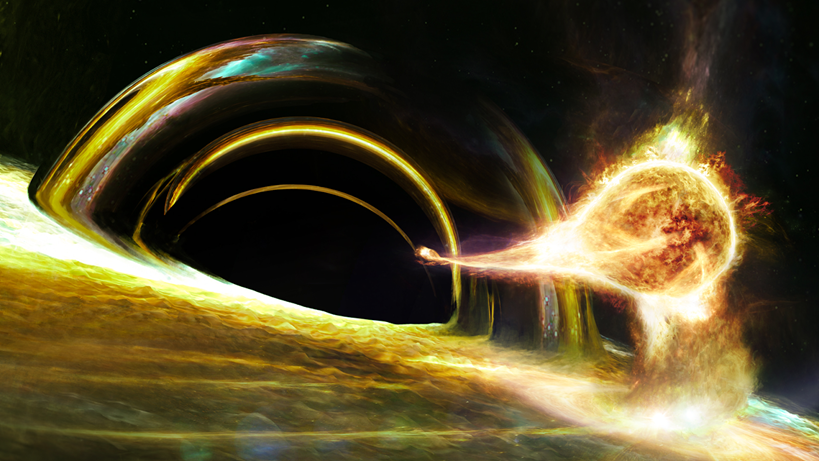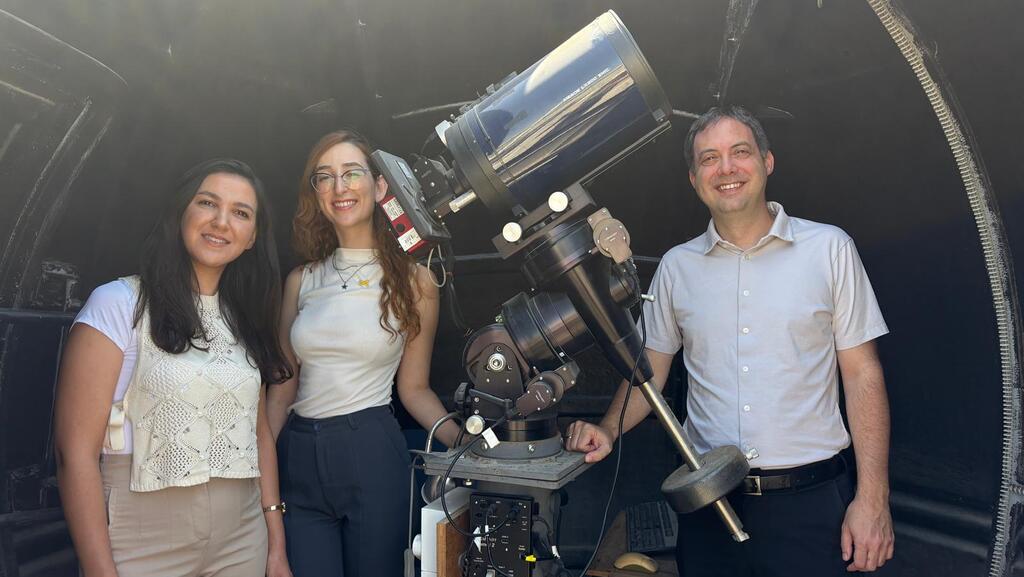This marks the first confirmed case of a star surviving an encounter with a supermassive black hole and returning for another. The discovery challenges long-held assumptions about stellar tidal disruption events and suggests many cosmic light flashes may signal the start of complex, prolonged astronomical dramas.
Footage of black hole in space
2 View gallery


Illustration of black hole drawing in a star
(Illustration: Ignacio de la Calle – Quasar Science Resources for ESA)
The study, led by Dr. Lydia Makriyianni, a former Tel Aviv University post-doctoral researcher now at Lancaster University, was supervised by Prof. Iair Arcavi, an astrophysics faculty member and director of the Wise Observatory in southern Israel. Contributors included Prof. Ehud Nakar, head of Tel Aviv University’s astrophysics department, students Sarah Fares and Yael Degani from Arcavi’s research group and numerous international researchers.
Published in the July issue of The Astrophysical Journal Letters, the findings shed new light on black holes at galaxy centers, which have masses millions to billions of times that of the Sun. The supermassive black hole at the Milky Way’s core, whose discovery earned a 2020 Nobel Prize in Physics, exemplifies these enigmatic entities, yet their formation and galactic impact remain unclear.
Black holes, regions where gravity is so intense that even light cannot escape, are invisible, detected in the Milky Way through nearby star movements. In distant galaxies, such observations are impossible. Roughly every 10,000 to 100,000 years, a star ventures too close to a supermassive black hole, is torn apart, with half consumed and half ejected.
As material spirals toward the black hole, it accelerates to near-light speeds, heats up and emits a bright glow visible across vast distances, briefly illuminating the black hole’s properties.
The flashes from AT 2022dbl were dimmer and cooler than expected, puzzling researchers for a decade. The recurrence after two years suggests the initial flash resulted from only partial disruption, with most of the star surviving to return for another pass.
“This is more like the black hole taking a nibble than a full meal,” the researchers noted. Prof. Arcavi questioned whether a third flash will appear in early 2026, indicating another partial disruption. “If we see it, it suggests even the second flash wasn’t total destruction and perhaps all these flashes we’ve studied for years aren’t what we thought,” he said.
If no third flash occurs, the second may have fully destroyed the star, aligning with predictions by Prof. Tsvi Piran’s team at the Hebrew University that partial and full disruptions appear nearly identical. “Either way,” Arcavi added, “we’ll need to rethink our interpretations of these flashes and what they reveal about the monsters at galaxy centers.”




